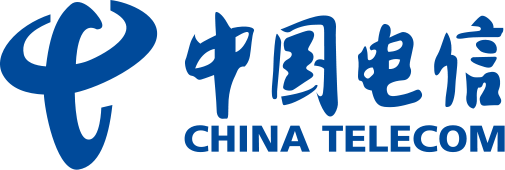Data centers account for over 1.3% of global energy consumption, with cooling facilities making up almost 30% of this. There are growing policy, climate, and financial pressures to reduce this, and the benefits of traditional energy-saving methods have largely peaked. New innovation is badly needed.
China Telecom, in partnership with Huawei, implemented an energy-saving solution called Smart IDC, which uses artificial intelligence, big data and digital twin technology.
Smart IDC performs modeling, simulation, and optimization for data centers. It supports system-level optimization and improved utilisation of data center infrastructure, ultimately enabling automatic, greener, and more efficient operations.
The digital twin uses system data and information on the equipment layout and set-up, as well as blind plates which are used to fill unused rack space and improve airflow. The data is displayed visually and can be combined for AI analysis, decision-making and strategy verification.
The twin model simulates scenarios such as air distribution and temperature rise and informs changes such as adding blind plates and adjusting the air conditioner. This prevents hotspots and temperature limit breaches.
Based on experts’ experience and best practices, the twin can automatically analyze, diagnose, and evaluate power distribution system optimization policies, and then adjust the device’s running configuration accordingly.
By adjusting the concentration ratio of cooling water based on AI, Smart IDC also cuts water use as well as the amount of wastewater treatment required.
The system is based on industry-agreed communication standards and protocols, meaning it’s compatible with most existing data center equipment.
So far, China Telecom has deployed the Smart IDC solution in over 100 data centers in 21 provinces across China, with plans to roll it out further. In October 2020, Smart IDC was released as the ‘E-energy Saving’ brand of China Telecom, making it more widely available – the solution has already been deployed in a bank’s data center.
Overall, the solution has demonstrated significant savings in energy, emissions, water resources, and data center costs. Automation also reduces the on-duty hours of data center staff by up to 33% because they no longer need to be on duty at night and fewer inspections are needed. In addition, it frees them up from repeat manual tasks to carry out higher-value work.
The benefits of this solution have proven to be impactful, especially when implemented at scale.


